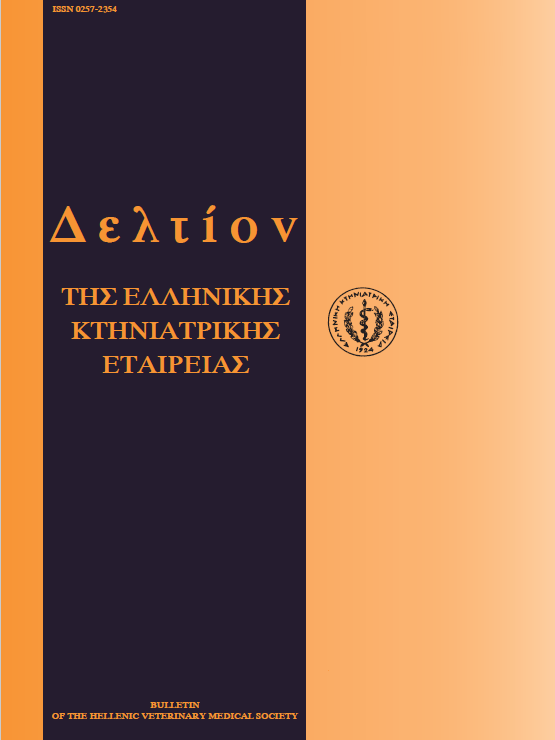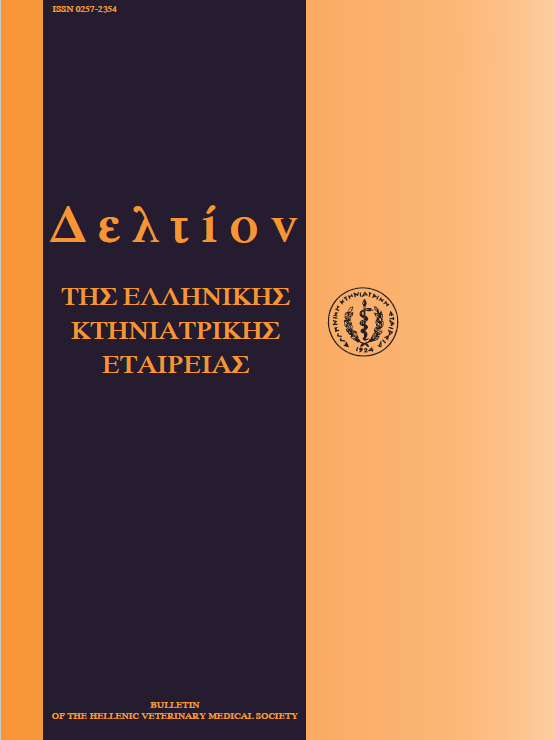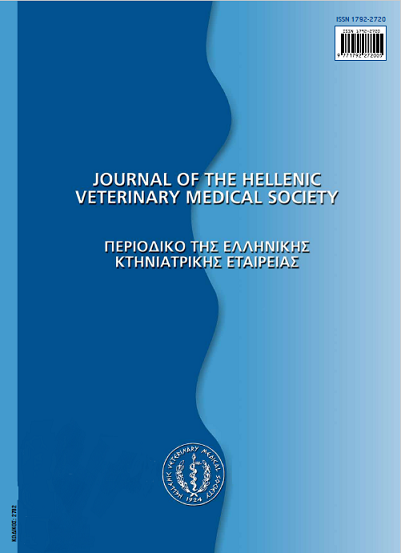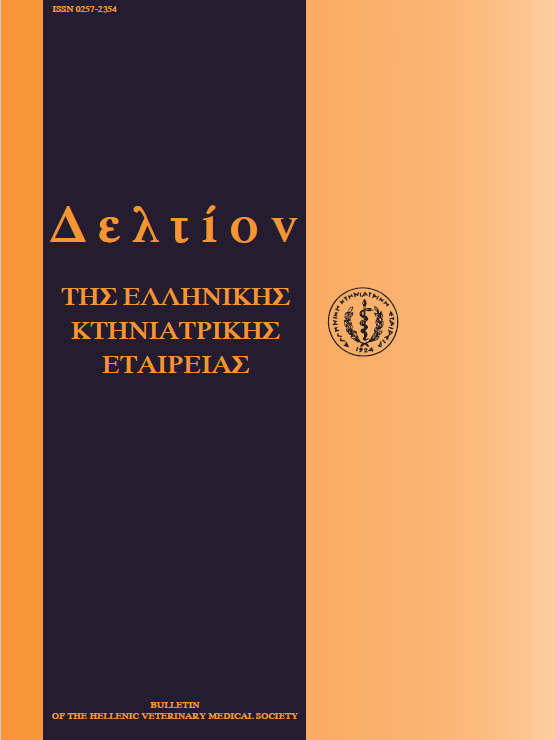Embryo transfer in the mare was introduced 30 years ago.
Abstract
Its application improves the reproduction rate, creates experimental models for the study of physiology and pathology of reproduction, while it promotes genetic improvement of the species. The method includes the following stages: 1) Selection of the donor and recipient mares. 2) Induction of multiple ovulation in the donor-mare. A reliable method that could be applied commercially has not been developed yet. 3) Synchronization of donor and recipient mares' estrus. Recipients are usually used during the breeding season, but can be used during anestrus or after surgical removal of their ovaries as well. Non-synchronized recipients may also be used after proper treatment. 4) Artificial insemination of the donor mare. 5) Collection, evaluation and washing of the embryo. Embryo is usually collected by non-surgical and rarely surgical methods. Embryo evaluation involves the assessment of its developmental stage in relation with the day of selection and its quality evaluation. Embryo washing is accomplished by its successive passage through three different dilutions of culture medium. 6) Embryo transfer in the uterus of the recipient mare. Surgical (midventral laparotomy, flank laporotomy, laparoscopic and transvaginal method) or nonsurgical (unguarded and guarded methods) transcervical methods are used.
Article Details
- How to Cite
-
YPSILANTIS (Π. ΥΨΗΛΑΝΤΗΣ) P. (2018). Embryo transfer in the mare was introduced 30 years ago. Journal of the Hellenic Veterinary Medical Society, 51(1), 32–40. https://doi.org/10.12681/jhvms.15654
- Issue
- Vol. 51 No. 1 (2000)
- Section
- Review Articles

This work is licensed under a Creative Commons Attribution-NonCommercial 4.0 International License.
Authors who publish with this journal agree to the following terms:
· Authors retain copyright and grant the journal right of first publication with the work simultaneously licensed under a Creative Commons Attribution Non-Commercial License that allows others to share the work with an acknowledgement of the work's authorship and initial publication in this journal.
· Authors are able to enter into separate, additional contractual arrangements for the non-exclusive distribution of the journal's published version of the work (e.g. post it to an institutional repository or publish it in a book), with an acknowledgement of its initial publication in this journal.
· Authors are permitted and encouraged to post their work online (preferably in institutional repositories or on their website) prior to and during the submission process, as it can lead to productive exchanges, as well as earlier and greater citation of published work.







